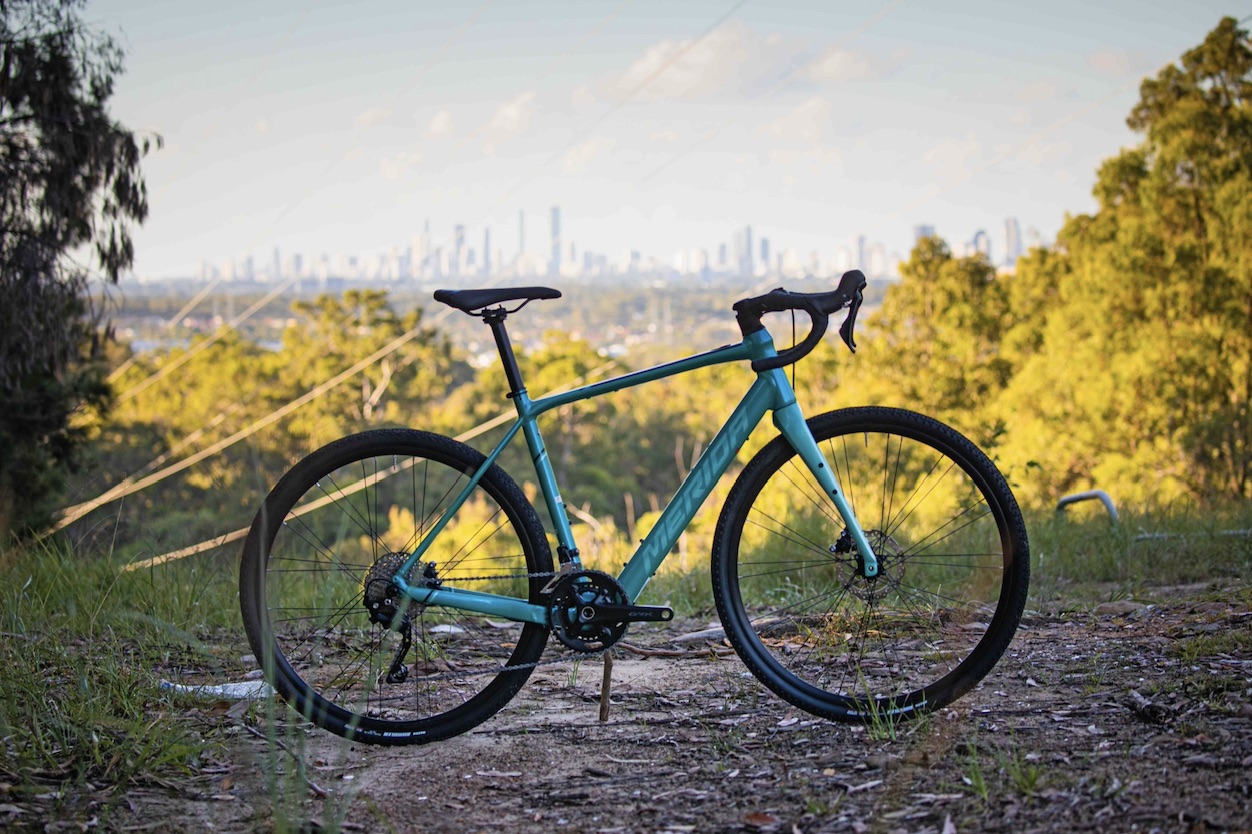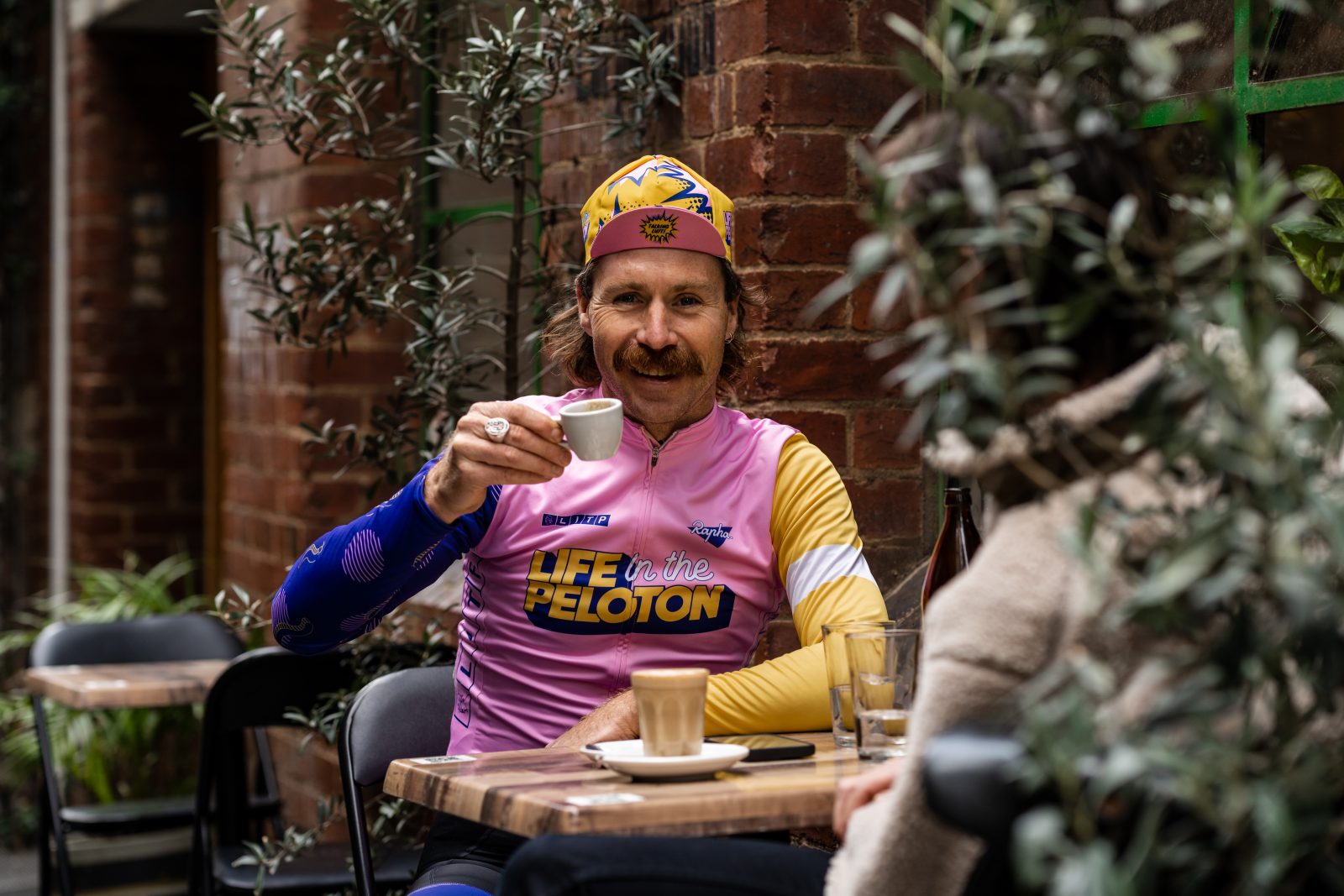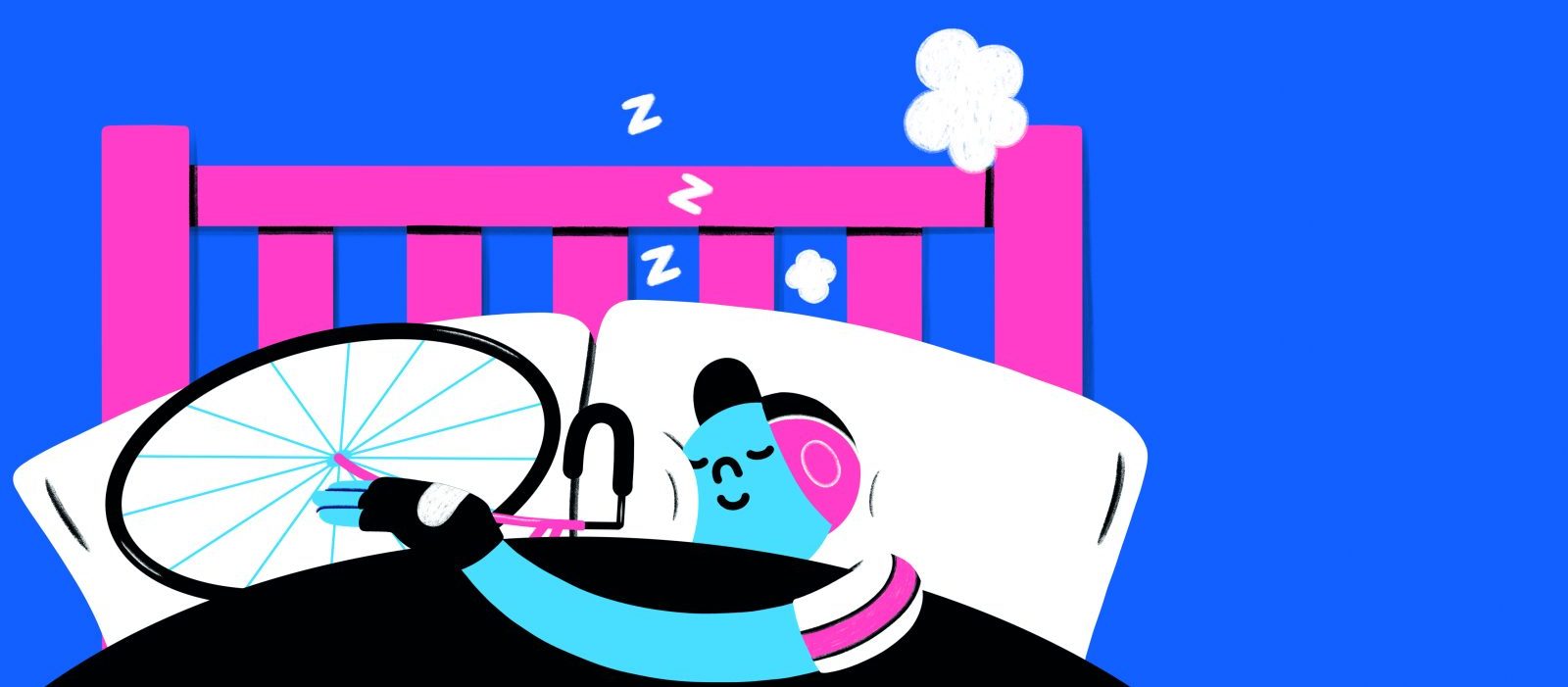Stiffness may be beneficial in a bike frame, but can hinder performance in the body. You need to get bendy to get faster
Powerful of lung and large of thigh cyclists may be, but when it comes to suppleness you’d get more flexibility from an iron poker. ‘Riding a bike is not something humans have evolved to do, like walking or running,’ says Jonathan O’Neil, a sports and remedial masseur who has worked as a soigneur with a number of pro teams. ‘Pedaling is effectively a repetitive action with limited range of movement as you never fully extend or flex your legs. Also the action of cycling only requires your muscles to contract concentrically – the “pushing” phase of a movement – which can over time result in your muscle fibres actually reducing in length.’ This is known as ‘adaptive shortening’ and can lead to pain and a potentially restricted range of movement. So should stretching your legs be as high on the list of things a cyclist needs to do as checking tyre pressure? Well, yes, but don’t rush to do the splits just yet.
All stretches are not equal
First of all, the scientific jury is still out on what type of stretching you should be doing, let alone what you should be stretching. ‘Although stretching should be a key component of any training schedule there is debate as to which method is most useful to athletes,’ says Dr Hannah Moir, a lecturer in health and exercise prescription at Kingston University.
‘Static stretching – performed when the body is at rest – can significantly reduce the production of strength and force, which is the last thing you want to do prior to riding. On the other hand dynamic stretching – which uses controlled movements to increase range of motion – may aid performance as it loosens up muscles and increases blood flow, both of which can lead to increased power.’ So before you saddle up, a series of lunges and squats, starting gently and increasing in range of motion, will help to prepare your body for the ride ahead.
Static stretching still has its place, however, especially with a view to relieving stressed muscles after a ride – and not just in your legs. Cycling is pretty unique in that you need to stretch the muscles you don’t use as well as the ones you do. This is something many pro cyclists and enthusiastic sportive riders can appreciate, as after a long stint in the saddle it can sometimes feel as if you’ll never walk upright ever again. ‘I fondly refer to it as the prawn position,’ says Verity Bell, a yoga instructor who runs cyclist-specific yoga classes. ‘It’s important to counter-stretch the hunched shoulders, squashed abs, tight hips, stiff wrists and short neck – for body balance if nothing else.’
Rapha Condor Sharp rider Felix English is a recent convert. ‘Stretching is something I’ve been slowly getting into over the past few years,’ he says. ‘When I was track racing we’d spend 20 minutes every session working on our flexibility literally from our necks to our ankles. I’ve gone through phases of stretching a lot to doing nothing at all. As with most things the key is consistency, so I’ve been stretching after every training session recently. I never stretch before exercise – I find it too painful!”
Staying in such a restrictive position for long periods can cause you grief off the bike as well as on. ‘Going down on the drops and leaning forward in a crouched position can tighten and shorten your hip flexors [groin area] causing your pelvis to tilt forward,’ says O’Neil. ‘Plus constantly over-stretched glutes [backside] and an excessively arched lower back could result in back pain, which will affect daily activities as well as riding.’
Skimping on stretching won’t just reduce your range of movement – it could hit your performance too. ‘Good flexibility leads to good bike positioning, which equals better performance,’ says O’Neil. ‘A poor range of movement in your hip flexors results in poor performance in your glutes; a stiff lower back means over-reaching, which puts pressure on your arms and shoulders.’
It’s a view echoed by Rebecca Bogue, founder of Yoga For Cyclists. ‘Riders have found that having more flexibility in their spines and through their hamstrings and hips means they can sit a lot lower down on their bikes and go faster.’
Everything, it seems, is interconnected. ‘Stretching should be regarded as part of a holistic approach,’ O’Neil adds. ‘It’s not just your legs that are involved: many other muscle groups are needed to achieve the most effective position on the bike. For example, a strong core [midsection] is needed to create a stable platform to generate power. Plus your shoulders and neck will quickly tire if you don’t have a strong mid-back. These muscle groups are just as important as your hamstrings, thighs, calves, knees and ankles. Cycling is essentially movement in straight lines and you’ll quickly lose flexibility if you neglect lateral or rotational movement.’
‘I’ve just started yoga classes at my local gym,’ says English. ‘I’m really enjoying it. Working on flexibility and core strength together without putting too much strain on my body is the perfect addition to my usual training schedule. Already I feel more comfortable on the bike, which obviously helps me perform better.’
Bogue adds: ‘Cyclists’ tight areas are pretty universal: quads, hamstrings, lower back, shoulders and chest. But if I had to single out one muscle group that can benefit the most I’d say hip flexors as they really are short and can cause all sorts of problems. The Pigeon [see panel on previous page] is the best stretch for hip flexors, and as it hits the quads, glutes and opens up the chest too, it’s probably the best general exercise for cyclists.’
It’s stretch o’clock
We now know how and what to stretch, so the remaining question is when to do it? ‘Although stretching can be performed before or after exercise, it’s most effective once your muscles are warm and more elastic,’ says Moir. ‘Setting aside ten minutes after a ride should gain you long-term improvements in flexibility, range of motion, physical function and general performance. Perform four reps per muscle group and hold static stretches for at least 20 seconds.’ Once you get off the bike focus on your legs with calf, quad and hamstring stretches, then look to reverse the riding position with upper-body and lower-back moves.
With the phrase ‘marginal gains’ being on the lips of pro coaches this summer, every little tweak or change you can make will go some way to improving your overall performance. But perhaps more than anything else, stretching will help you correct the muscular imbalances and general wear and tear inflicted on your body by time on the chain gang.
‘Stretching improves the flow of oxygen and blood to your muscles, which fuels and repairs them,’ says O’Neil. ‘Healthy muscles are faster, more powerful and perform for longer but you don’t want to damage yourself pursuing that goal. We may ride similar machines but as riders we’re all unique, so listen to your body.’
Five must-do stretches
Warm up thoroughly, then try these positions for up to a minute to improve flexibility
1. Downward dog pose

How: Begin on all fours with your hands slightly in front of your shoulders on the floor and toes tucked forwards. Breath out and, keeping your toes tucked under, lift your knees from the floor, straightening your legs and raising your hips up while pressing your heels down to the floor. Take at least five breaths before dropping back to all fours
Why: ‘Brilliant for tight hamstrings and opening the chest,’ says yoga instructor Verity Bell.
2. Camel pose

How: With the soles of your feet against a wall and your toes tucked under, sit in a kneeling position. Slowly rise up off your heels, bringing your thighs and torso upright. Inhale and gradually move your back into an arc on the exhale until the back of your head makes contact with the wall. Bring your hands down towards your heels.
Why: ‘Many yoga exercises work well for cyclists,’ says Dr Hannah Moir. ‘This one opens the groin, thighs and back, as well as stretching the muscles in the chest, the front of the shoulders and back of the neck, essentially reversing the riding position.’
3. Pigeon hip stretch

How: Lying on your back with your head, neck and shoulders relaxed and feet flat on the floor, place your right ankle on your left knee. Clasp your hands behind your left thigh and pull your leg gently towards you to feel the stretch in your glutes. If you can’t reach, use a scarf or belt. Breathe for at least 20 deep breaths and feel the muscles soften.
Why: ‘This focuses on stretching the buttocks and IT band [fibres that run down the outside of your thigh],’ says Bell.
4. Standing calf stretch

How: Place your hands flat against the wall at shoulder height. Take a step back with one leg, keeping your feet flat on the floor and the toes pointing straight forward. Slowly lean forward over your front leg, but keep your back knee straight and your heel flat on the floor. Hold for at least 15 seconds. Switch legs and repeat.
Why: ‘You have two muscles in your calves,’ says sports masseur Jonathan O’Neill. ‘This stretch will hit the big one [gastrocnemius] but if you then bend your back knee slightly – still keeping your foot flat on the floor – you’ll then feel it in the smaller one [soleus].’
5. Bow pose

How: Lying on your stomach, bring your right ankle to your buttock and hold your foot with your right hand. If you cannot grab it loop a belt or scarf around the foot. Breathe for 20 breaths. Repeat on the other side. If you can hold both ankles comfortably then lift your knees off the floor using your legs and push against your hands. If this pinches the lower back then keep your head low and focus on the stretch in the front of the quads.
Why: ‘The bow pose is really effective for the quads and the hip flexors,’ says Bell.


